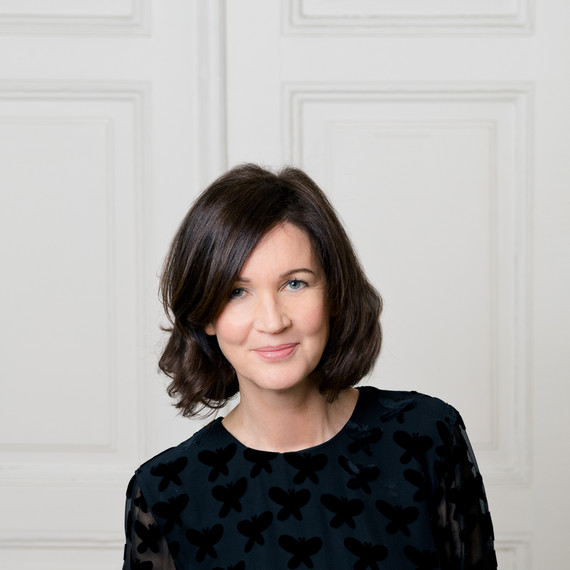»Design Is Never Neutral«
»Design Is Never Neutral« was one of the Victor J. Papanek’s (1923 – 1998) most important messages. To find out what this means twenty years after the designer’s death, the Vitra Design Museum sat down with one of the curators of the exhibition »Victor Papanek: The Politics of Design«, Professor Alison J. Clarke, Director of the Victor J. Papanek Foundation at the University of Applied Arts Vienna.
Who is Victor Papanek? What makes him relevant today?
In my view, Papanek is the pioneer of social design. He was one of the first designers to actively challenge the idea that design is purely a vehicle for the expansion of capitalist consumer culture. His voice was heard at a time when consumer abundance was at its height during the late 1960s and early 1970s. He challenged the idea that design was only about making things look beautiful, designing forms, driving consumerism, or creating objects for the rich and toys for adults. Instead, he advocated design as a transformative practice. Designers could change the world and make it more socially inclusive.
What is the meaning of the exhibition subtitle »The Politics of Design«? Was Papanek himself political?
In terms of his political profile, he was more like a vessel for what was going on during that period. He harnessed the prevailing political influences and the activism of a new generation of design students who wanted to change the world. They didn’t just want to make consumer objects or a disposable culture. They wanted to engage in something greater than themselves and challenge ideas about the relationship between design and the environment.
How can design be political?
Design is always political, because design is about changing a material world. It’s about including certain people and excluding others, whether by means of functional design, pricing, or accessibility. But it became overtly political during the 1960s and early 1970s when designers started seeing themselves as being able to transform the material and social world. We’re now seeing a complete reinvention of that moment in the practice of design as a dispersed transdisciplinary activity.
What was the reason for adding contemporary design work to the exhibition?
Papanek’s ideas still ring true for the contemporary scene. He posed critical questions and looked beyond design as the making of desirable things. There are very few designers today who are satisfied with doing just that, and design has become an overtly political activity. You cannot design in a world of overabundance and massive social inequality without being politically engaged. Designers are vital intermediaries who facilitate questions and not just offer solutions. The same fundamental political problems that Papanek addressed still haven’t been resolved. The contemporary work is a way of unpicking some of those dilemmas.
What should visitors take away from the exhibition?
The overarching idea is that design is never neutral. Designers are always engaged in some kind of political activity. It may not be big party politics or representing a particular standpoint, but what they give to the world has consequences. We have a responsibility as well. It’s not just a linear relationship in which designers create things and we consume them. It’s a symbiotic relationship. What we as consumers or as citizens begin to demand and envisage has to be fed back into the design process. We are all responsible for the stuff that surrounds us. It isn’t just the problem of corporation A and designer B. It’s a whole cosmology of wants and needs, and we really need to address that. None of us is innocent in this process. We’re all implicated.
You can find all information on the exhibition here.
